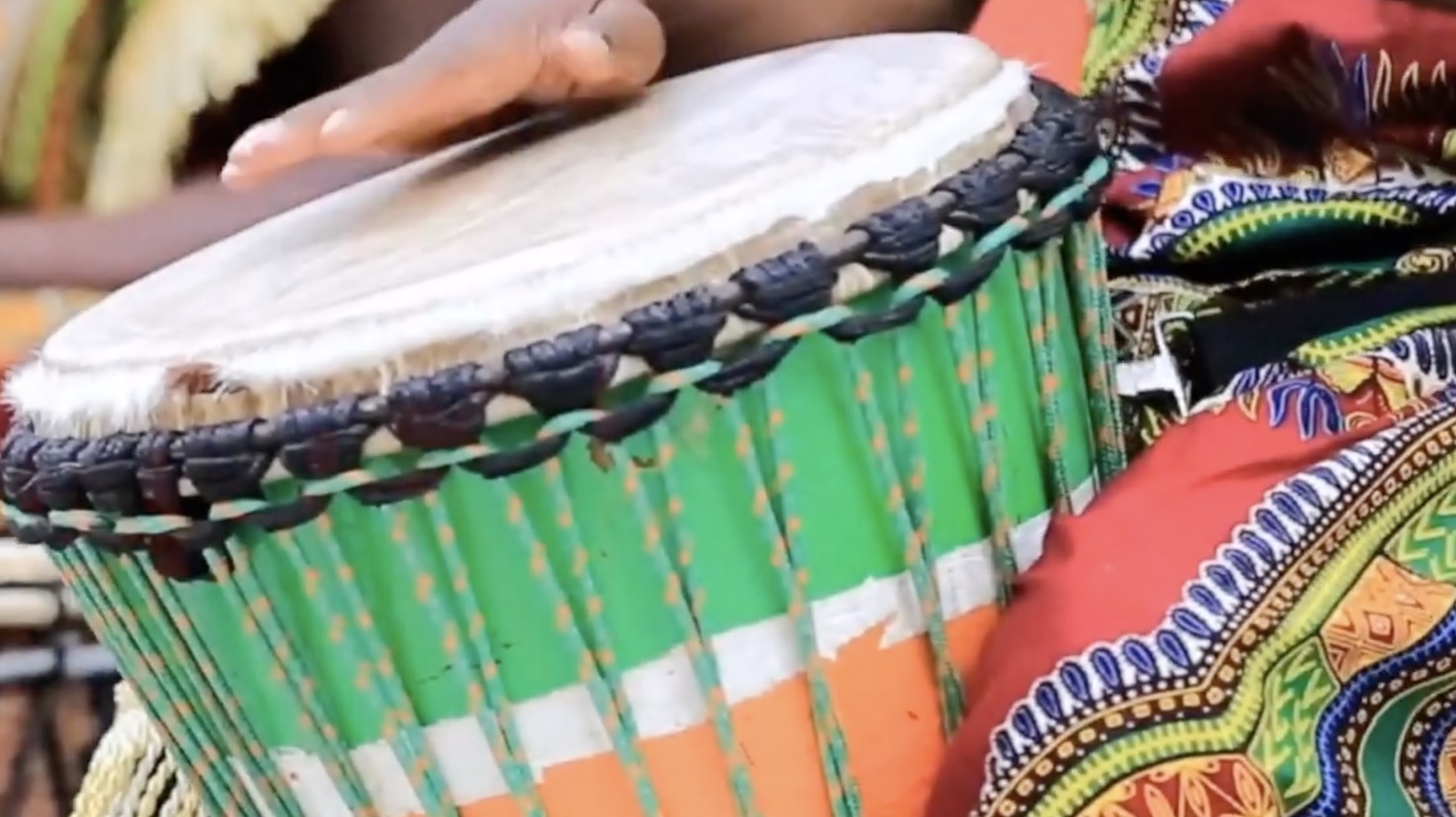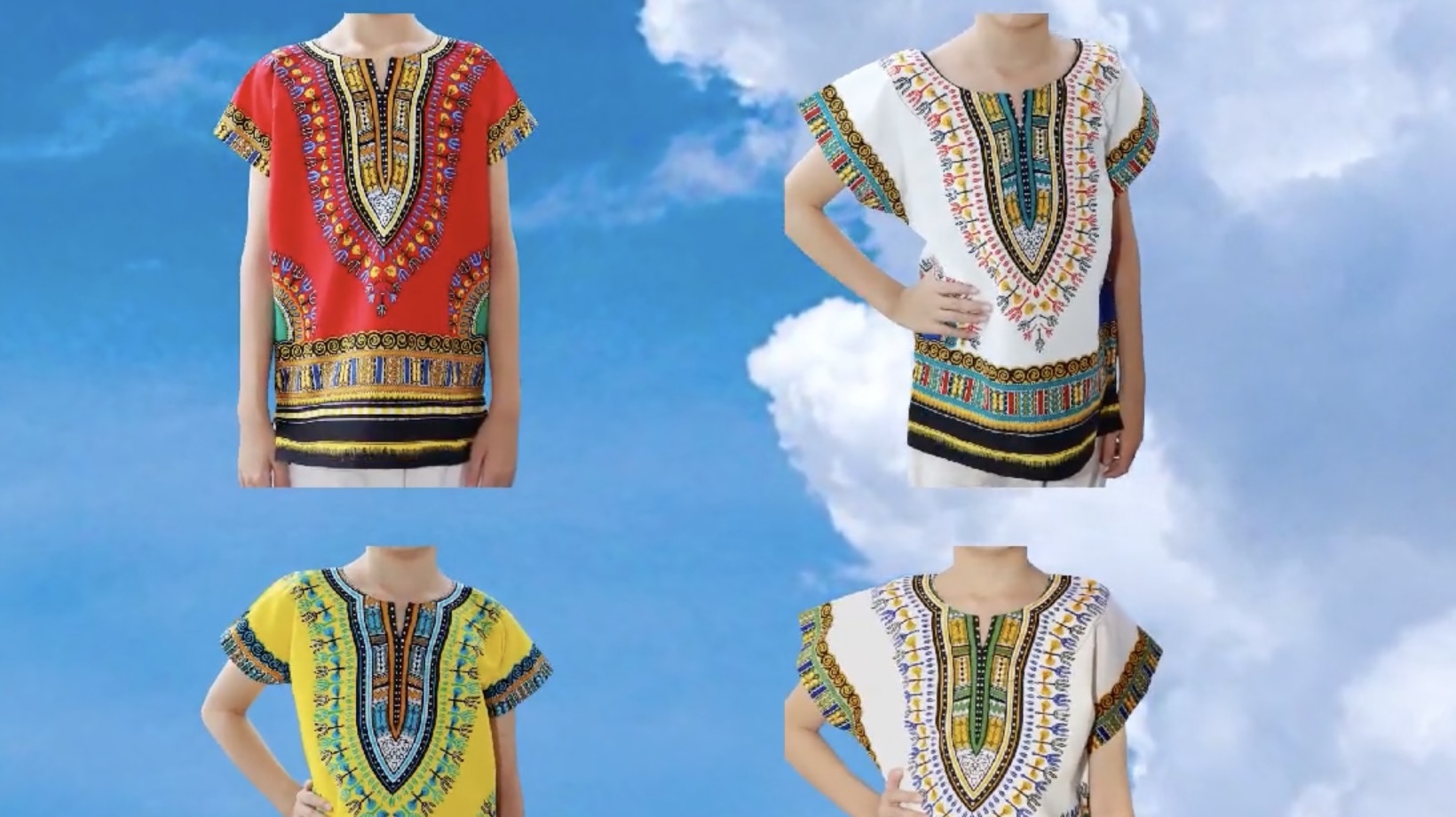Understanding the Cultural Significance of Dashikis
Dashikis are not just stylish garments; they hold deep cultural significance in many African communities. These colorful and vibrant garments have a rich history rooted in African traditions, making them more than just a fashion statement for toddlers. In this section, we’ll delve into the cultural importance of dashikis and explore their significance in various aspects of African culture.
- Celebration of Heritage: Dashikis serve as a celebration and expression of African heritage. They showcase the diverse cultures within Africa, with each region having its own unique patterns, colors, and designs. Wearing a dashiki allows individuals to proudly display their roots and connect with their ancestry.
- Symbolism and Identity: Dashikis often feature intricate patterns that carry symbolic meanings specific to different communities or tribes. These symbols can represent values such as strength, unity, fertility, or spirituality. By wearing a dashiki adorned with these symbols, individuals can express their personal identity and align themselves with their community’s values.
- Traditional Occasions: Dashikis are commonly worn during traditional ceremonies and special occasions within many African cultures. Whether it’s weddings, festivals, or religious events, donning a dashiki is seen as an important way to pay homage to tradition and show respect for cultural customs.
- Pan-Africanism: Dashikis also play a role in promoting Pan-Africanism – the idea of unity among people of African descent worldwide. These garments gained popularity during the 1960s as part of the Black Power movement when activists sought to embrace their African roots while advocating for civil rights and equality.
- Cultural Exchange: Today, dashikis have transcended borders and become popular globally due to their unique aesthetic appeal. This cross-cultural integration has allowed people from various backgrounds to appreciate African culture through fashion.
It’s important to approach wearing dashikis with respect and appreciation for their cultural significance. By understanding the history and meaning behind these garments, we can embrace them as more than just trendy attire for toddlers but as a celebration of African heritage and a symbol of unity among diverse cultures.

Dashikis for Toddlers
When it comes to dressing our little ones, we want them to look not only adorable but also reflect their unique cultural heritage. That’s where dashikis for toddlers come in – a vibrant and stylish clothing option that celebrates African culture.
Dashikis are traditional garments originating from West Africa, known for their bold patterns and vibrant colors. They have gained popularity worldwide as a fashion statement, and now they are available in smaller sizes for our trendy toddlers.
With their loose fit and comfortable fabric, dashikis provide both style and comfort for our little ones. Whether you’re attending a family gathering, cultural event, or just want your toddler to stand out in everyday wear, dashikis offer a versatile wardrobe choice that exudes cultural pride.
So why settle for ordinary when you can dress your toddler in something extraordinary? Let’s explore the world of dashikis for toddlers – the perfect combination of style, comfort, and cultural significance.
Remember to check out our upcoming blog posts where we’ll dive deeper into the history of dashikis and provide tips on how to style them for different occasions.
By considering these factors while choosing a dashiki for your toddler, you’ll be able to find the perfect garment that embodies both style and cultural significance. Dressing your little one in a dashiki not only celebrates diversity but also fosters an appreciation for different cultures from an early age. So go ahead and explore the vibrant world of dashikis to find the perfect fit for your stylish toddler!
Jessica has a flair for writing engaging blogs and articles. She enjoys reading and learning new things which enables her to write different topics and fields with ease. She also strives to break down complex concepts and make them easy for anybody to comprehend.





